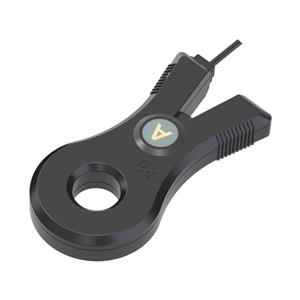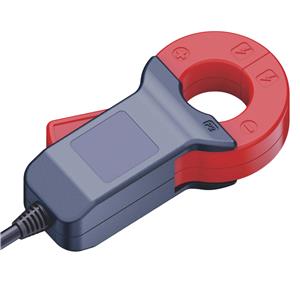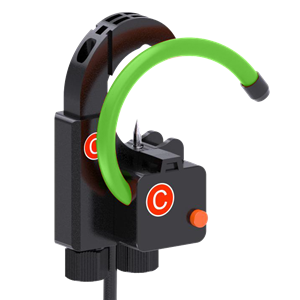Company News
-
3112-2024
The Cage Clamp Terminal Block application
The Cage Clamp Terminal Block with Tab finds extensive application in various industries, particularly in automation, building management, and control systems.
-
2612-2024
Cage Clamp Terminal Block
A Cage Clamp Terminal Block with Tab, often referred to as a "Cage Clamping Block" or "Terminal Lug with Cage Clamp," is a specialized electrical component commonly used in electrical systems.
-
1812-2024
Busbar Type Current Transformer in the future
Looking ahead into the future, the 80A Busbar Type Current Transformer (BTC) will continue to revolutionize power system technology with even more innovative applications. As Industry 4.0 unfolds, we can expect to see the following advancements:
-
1612-2024
80A Busbar Type Current Transformer
The 80A Busbar Type Current Transformer (BTC) is a versatile piece of equipment widely employed in power distribution systems and industries worldwide. Designed specifically to monitor current flows through large busbars, it plays a pivotal role in modern electrical installations.
-
1512-2024
Decoding the Comprehensive Structure of the 100A Magnetic Latching Relay with Shunt Technology
The intricate design of the 100A Magnetic Latching Relay equipped with shunt technology is a testament to its engineering prowess. At its core, the product is composed of several essential components that harmoniously work together to deliver exceptional performance.
-
1112-2024
The Versatile Application of the Compact 60A DIN Rail Meter Case
The Compact 60A DIN Rail Meter Case, a highly engineered and efficient solution in the electrical industry, boasts a wide range of applications across various sectors. Designed with modern aesthetics and compact dimensions, this meter case is tailor-made for demanding environments where space is at a premium.
-
2011-2024
Tin-Plated Battery Shunt Resistor
In the rapidly evolving landscape of energy management systems, the Tin-Plated Battery Shunt Resistor (TPBSR) has emerged as a critical component due to its unique properties and versatile applications. These resistors, composed of a thin layer of tin over a base material, play a pivotal role in ensuring the safe and efficient operation of battery-powered devices.
-
1111-2024
fixed value shunt
Fixed Value Shunts, also known as fixed value resistors, possess several key performance characteristics that optimize their functionality within electrical systems. These shunts are engineered with precision to offer stability, accuracy, and reliability in current measurement applications.
-
0811-2024
Toward Efficiency and Sustainability
In today's energy landscape, a cutting-edge technology is transforming traditional power metering: intelligent static meters. The latest advancements integrate Internet of Things (IoT) and artificial intelligence (AI) to not only precisely measure electricity consumption but also analyze real-time demand and make predictions, propelling smarter grid operations.
-
0411-2024
Technical Specifications for a 1P 60A DIN Rail-mounted Compact Instrumentation Enclosure
This technical document presents a comprehensive overview of the compact, single-phase (1P) 60 ampere (A) DIN rail-mounted instrumentation enclosure, designed for efficient and reliable electrical metering and monitoring applications.




